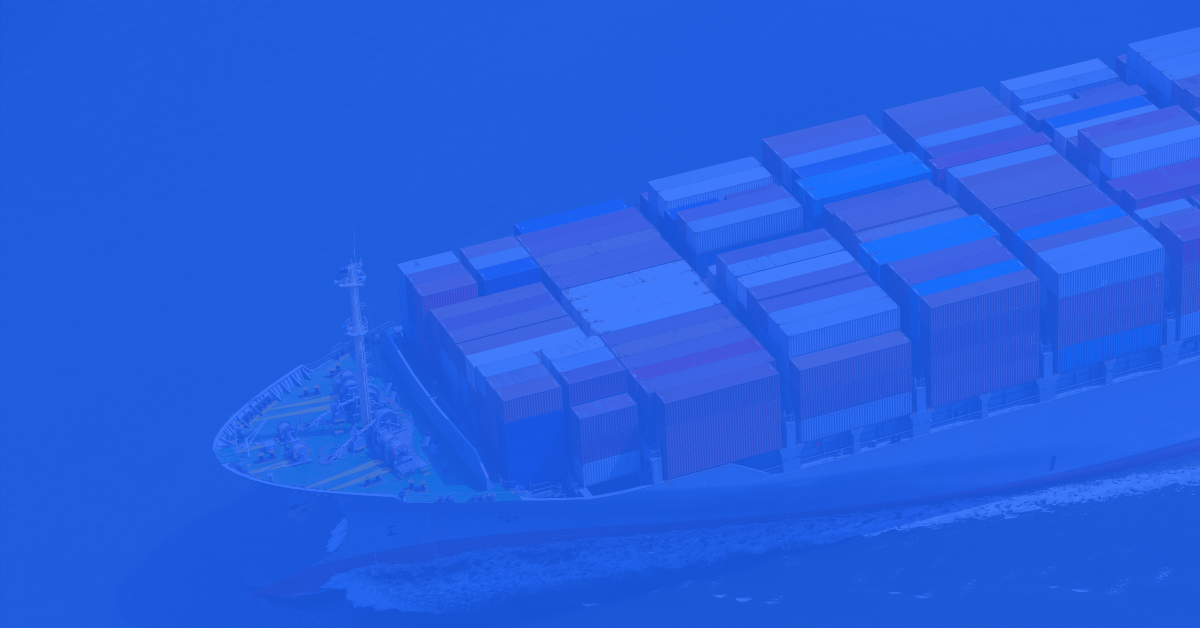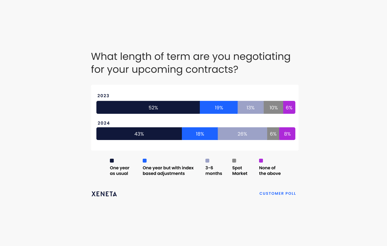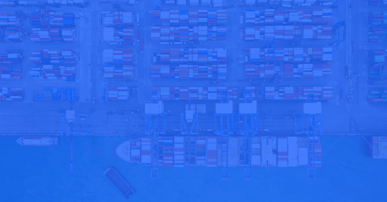Forget, for a moment, how the Russian invasion of Ukraine has stressed the global grain market and now threatens the food security of an already unsteady North Africa and the Middle East region. Instead, let’s consider the potential consequences of how China’s Covid-lockdown, the already-stressed global supply chain, the current US West Coast ports labor negotiations, and continuing box carrier windfall profits all seem to be arriving at the same moment.
Maersk kicked off the box industry earnings season with record results for Q1 2022 across its businesses. They reported revenue was up 55% to US$ 19.3bn, EBITDA more than doubled to $9.1bn, and free cash flow increased to $6bn. Hapag-Lloyd finished 1stQ 2022 with an EBIT of US$ 5.3 billion, EBIT up to US$ 4.8 billion, and Group profit climbing to US$ 4.7 billion.
The Situation In China Might Be Improving, But It’s Difficult To Be Sure
“The year has got off to an exceptionally strong start on the whole, and whilst there have been first signs that the market has passed its peak we also expect a strong second quarter,” said Rolf Habben Jansen, CEO of Hapag-Lloyd AG.
Revenues rose in the first quarter of 2022 to US$ 9.0 billion (EUR 8.0 billion). This can primarily be attributed to a much higher average freight rate of US$2,774/TEU (vs. $1,509/TEU 1st Q 2021) and a stronger US dollar.
Interesting is that despite the continuing Chinese lockdowns and port/supply chain paralysis, Hapag said, “transport volumes were roughly on a par with the prior-year level, at 3.0 million TEU.”
A further review of their 1st Quarter report was that their record profits were obtained despite “significantly increasing expenses for container handling and a roughly 60% higher average bunker consumption price of US$ 613/ton versus $384/ton 1stQ-1stQ. Hapag went on to say that “based on the current business performance, the second quarter will exceed earlier expectations.”
Recently The Loadstar reported on both HMM and Yang Ming; year-to-year HMM 1stQ 2922 net profit rise to a record US$2.4bnm some 103% higher than 2021, while Yang Ming announced a 71% 1stQ 2022 rise in revenue (to $ 3.8 bn), and a net profit of US $2.2bn.
The situation in China might be improving, but it’s difficult to be sure. Maersk recently announced they would accept Reefer booking for China beginning in mid-June, which is a positive note, and Shanghai’s Vice Mayor Wu Qing announced an orderly opening was planned for May 20.
Any movement on reopening the world’s largest port will be helpful to the nearly-paralyzed supply chain, especially as CNN reported at least 32 cities across China are now under full or partial lockdown, affecting some 220 million people.
The Xeneta platform rates reflect this slowdown from China; Shanghai-LA port rates have dropped $ 528/box (US$ 8,788-8,260, excluding priority surcharges of $ 2,018-7,535) in the past 60 days, while Shanghai-N. Europe Main have plummeted US$ 1,982/box ($12,300-10,318, excluding surcharges of $2,577-4,635) in the same time frame.
Beijing’s No-Covid policy has brought the following unintended consequences for both box shippers and carriers, as well as those manufacturers who use them: our chief analyst, Peter Sand, was quoted last week in Splash saying it would take four-to-eight weeks for normal port operations to resume in China, and that the gateway terminals in the US and EU could well be inundated with shipments from China.
A Surprisingly Undiscussed But Huge Question is of Re-shoring
It’s impossible to return to just-in-time supply chain SOP with quarantines/lockdowns that are implemented with no notice and surprisingly few infected citizens. From the thousands of factories in China that remain shuttered, or at best with marginal production, to the athletic shoe leaders such as Nike and Adidas, who suffer the same production issues at their Vietnamese facilities.
The other giant supply chain unknown will be the current contract negotiations between the American west coast ports and the dockworkers union. Negotiations at 29 West Coast ports have started with both sides saying they want to avoid any further upheavals to ports that remain jammed with boxes.
Talks on a new contract for the 22,000 West Coast dockworkers were scheduled to start May 10, which is well ahead of the current contract’s July 1 expiration.
With both the Pacific Maritime Association (representing some 70 carriers and terminal operators) and International Longshore and Warehouse Union (ILWU) saying they intend to begin negotiations in the “spirit of cooperation,” one can only hope they maintain that mindset and there will be no further disruption to the already fragile supply chain.
How harmful to both the American and Chinese economies would be both more Chinese quarantines and an American dock strike; that sort of paralysis could easily affect both the WU and ASEAN markets, and hence the world.
Want To Learn More?
With a possible global recession on the brink, shipping and supply chains will be put under further pressure.
Schedule a personalized demo of the Xeneta platform and learn how on-demand freight rate and market insight data will help you navigate through the current climate and identify potential savings in your freight spend.
%201.png)


-1.jpg)




